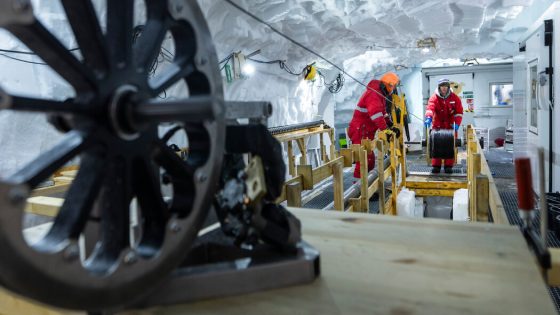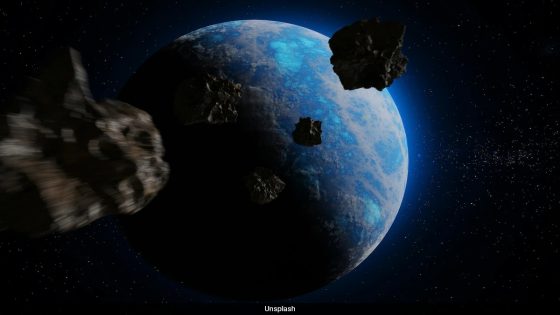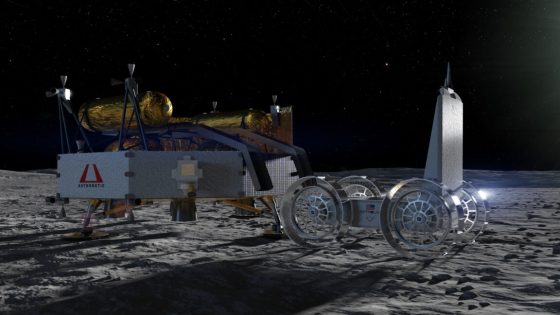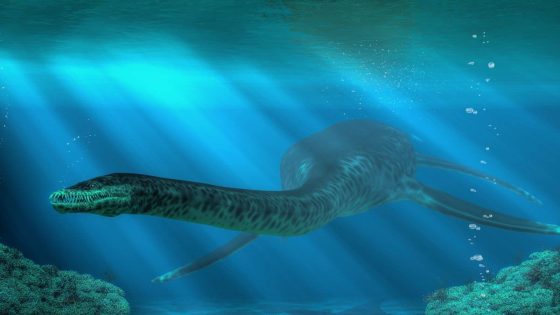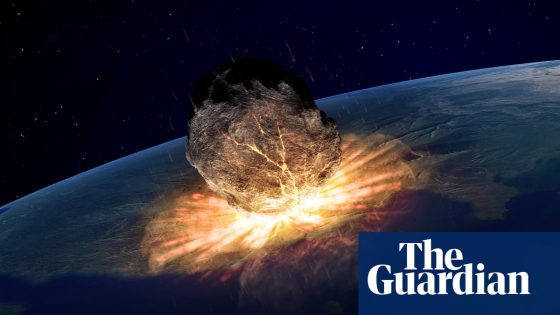In August 2022, a groundbreaking discovery in Greenland revealed that glaciers don’t just flow; they quiver and quake. Andreas Fichtner, a seismology professor from ETH Zurich, was surprised to find tiny ice quakes deep within the ice. What does this mean for our understanding of glacier movement and rising sea levels?
- Discovery of new glacier movement mechanism
- Initial skepticism about data received
- Research conducted in Greenland, August 2022
- Tiny "ice quakes" detected in ice
- Impurities from volcanic eruptions weaken ice
- Findings challenge existing scientific assumptions
New Insights into Glacier Movement and Sea Level Rise
How do glaciers move beneath the surface? Recent research shows that Greenland’s ice is more dynamic than previously thought. The study revealed that tiny ice quakes occur due to impurities in the ice, leading to cracks and shifts in movement.
Understanding Ice Quakes and Their Implications
The tiny quakes detected by Fichtner’s team provide new insights into glacier dynamics. These quakes originate near volcanic impurities, where the ice is weaker. As the ice moves, it creates seismic disturbances that can affect sea levels globally.
- Ice quakes indicate that glaciers are more active than assumed.
- Weak points in the ice lead to increased cracking and movement.
- Understanding these mechanics is crucial for predicting sea level rise.
- Implications extend beyond Greenland to Antarctica and global coastlines.
Why Are Ice Quakes Important for Climate Science?
Ice quakes are essential for climate science because they reveal how glaciers behave under pressure. By studying these seismic events, scientists can better understand the potential for rapid ice loss and its effect on sea levels. This knowledge is crucial for coastal cities in the U.S., which face threats from rising waters.
Future Research Directions on Glacial Movement
Moving forward, researchers aim to explore how these ice quakes can inform climate models. By integrating this data, scientists hope to create more accurate predictions for sea level rise. This research is vital for developing strategies to protect vulnerable coastal areas in the U.S. and around the world.
In conclusion, the discovery of ice quakes in Greenland opens new avenues for understanding glacier dynamics and their implications for global sea levels. As we continue to study these phenomena, we can better prepare for the challenges posed by climate change.



